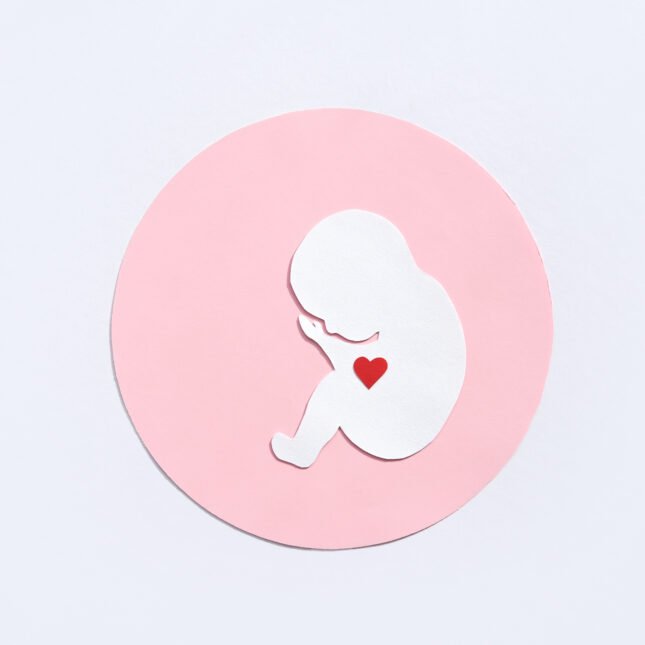Concept of Abortion – This course is designed to understand the care of pregnant women and newborn: antenatal, intra-natal and postnatal; breast feeding, family planning, newborn care and ethical issues, The aim of the course is to acquire knowledge and develop competencies regarding midwifery, complicated labour and newborn care including family planning.
Concept of Abortion
Definition of Abortion:
Interruption of pregnancy before the period of viability which is considered to occur at 28th weeks of gestation in our country, (in western – 24 wks) is known as abortion.
or
An abortion is the expulsion or extraction of all or any part of the placenta or membranes, without an identical foetus or any part of the placenta or membranes, without an identical foetus or with foetus (alive or death) weighing less than 500gm.
or
Abortion is the ending of pregnancy by removing a fetus or embryo before it can survive outside the uterus.
or
An abortion is the premature exit of the products of conception (the fetus, fetal membranes, and placenta) from the uterus.

Definition of Safe Abortion:
It is a procedure for terminating unwanted pregnancy performed by trained health care providers like doctors, trained nurses, with proper equipment, technique and sanitation.
Types of Abortion:
| A. Clinical classification: |
✓ Complete abortion
|
| B. Aetiological classification: |
✓ Therapeutic or legal |
| C. According to duration of pregnancy: |
|
Causes of Abortion:
A. Local causes:
1. Fetal causes:
a. Congenital malformations & impaired vitality (50% 6-80% of early 6-8 wks abortions)
- Chromosomal anomalies-eg. (within 8 wks)
✓ Autosomal trisomy’s, 45 XO, monosomy
✓ Triploidy& structural abnormality. - Genetic abnormality.
- Blighted ovum.
- Defective implantation of trophoblastic.
- Maternal viral disease: rubella.
- Maternal intake of cytotoxic drugs.
- Inherited fault in ova or sperm.
- Fetal malformations. b. Fetal anoxia.
- Interference with circulation in umbilical cord by knots, twists or enlargements.
- Interference with placental circulation- due to maternal nephritis, hypertension.
- Placental separation.
- Faulty placental formation eg. circumvallate placenta.
- Low attachment of placenta.
- Tumor formation: by hydatiform mole.
- Placental infection due to syphilis.
- Maternal asphyxia – by heart failure, anemia.
- Fetal anemia, hemolytic disease due to Rh incompatibility.
2. Maternal causes:
a. Uterine abnormality:
- Congenital defects: septate bicornuate uterus.
- Displacements: retroversion.
- Neoplasm: Fibroids & pelvic tumors.
- Stimulation of expulsive uterine contractions. Over-distension of the uterus.
- Direct trauma to uterus and its contents.
- Cervical incompetence. b. Ovary:
- Corpus luteum deficiency.
- Rupture of the membranes.
3. Paternal cause: Gross sperm abnormality
B. General causes:
1. Acute illness:
- Hyper-pyrexia.
- Septicemia
2. Infections:
- Viral – Rubella, small pox, CMV.
- Bacterial – Syphilis.
- Parasitic:-Malaria, Toxoplasmosis.
3. Endocrine & metabolic deficiency.
- DM
- HTN
- Jaundice.
- Progesterone deficiency.
4. Renal diseases:
- Chronic renal failure
- Chronic pyelonephritis.
5. Cardiovascular diseases:
- Hypertension.
- Anemia.
6. Drugs of poisons-
- Quinine,
- RU 486,
- Lead poisoning.
7. Psychogenic:
- Acute emotional disturbances.
8. Nutritional deficiencies-
- Folic acid deficiency.
- Multiple dietary deficiencies.
9. Others –
- Direct trauma.
B. Idiopathic.

(Another Answer)
Common Causes of Abortion:
| A. In 1st trimester: | 1. Fetal abnormality (95%) due to
|
| B. 2nd trimester: | 1. Uterine abnormality:
2. Maternal metabolic diseases |

Cause of Death Due To Abortion:
- Hemorrhage and shock
- Neurogenic shock
- Secondarily due to sepsis
- Acute renal failure
- Thromboembolism
- DIC
- Generalized peritonitis
Complications of Abortion:
| A. Immediate: |
|
| B. Late: |
|

Read More…
